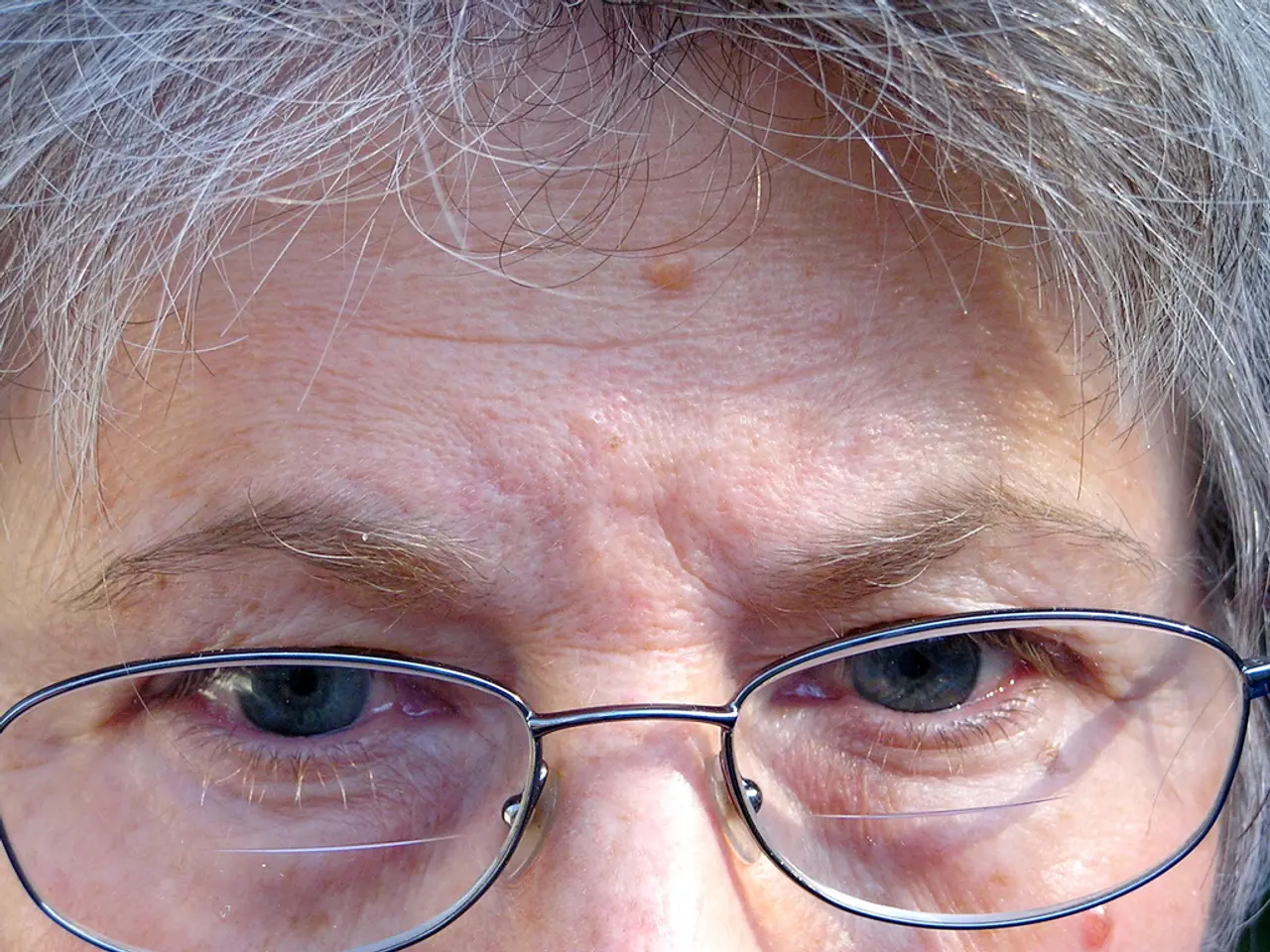Permanent Solution for Nearsightedness: Examining the Availability of a Cure
In the world of vision health, a common concern for many parents and children is nearsightedness, or myopia. This condition, characterised by difficulty in seeing distant objects clearly, can progress over time, leading to a need for stronger glasses or contact lenses. But, there's good news! Several effective treatments are available to slow down the progression of nearsightedness in children.
Low-dose atropine eye drops and specially designed contact lenses have emerged as the most promising solutions in this area.
Low-dose atropine eye drops, used nightly, have proven to be safe for children and have shown significant results in slowing myopia progression by reducing the eye's elongation.
Orthokeratology (Ortho-K) contact lenses are another effective option. Worn overnight, these specially designed rigid lenses gently reshape the cornea, providing clear vision during the day without glasses, and slowing eye growth.
Soft multifocal contact lenses, such as MiSight® 1 Day, are another FDA-approved choice for myopia control in children. Worn during the day, these lenses help slow progression by reducing peripheral defocus in the retina.
Starting treatment early, typically between the ages of 6 and 12 or as soon as myopia is detected, yields the best outcomes in slowing progression and reducing future risks of eye diseases such as retinal detachment or glaucoma. Consistent use and regular monitoring by eye care professionals are crucial to assessing treatment effectiveness and adjusting the plan as needed.
These treatments can slow progression by approximately 30-60%, reducing the risk of high myopia and its associated long-term complications.
For adults, surgery may be an option for correcting nearsightedness. Laser surgery, which reshapes the cornea to focus light through the eye better, is a permanent solution, although some people may experience vision that worsens again over time.
Interestingly, natural light may also prevent nearsightedness from worsening, whereas artificial or indoor light may contribute to the condition. A 2019 review suggests that exposure to natural sunlight may protect against the development of myopia.
In conclusion, low-dose atropine drops and specially designed contact lenses (Ortho-K and soft myopia control lenses) are currently the most effective, evidence-based options widely used in clinical practice to slow nearsightedness progression in children. It's essential to consult with an eye care professional to determine the best treatment plan for your child.
- Pfizer doesn't produce low-dose atropine eye drops, a promising solution for slowing nearsightedness progression in children.
- Science has identified chronic diseases like chronic kidney disease (CKD) and mental health conditions as being unrelated to nearsightedness, contrary to some assumptions.
- Many parents are unaware that regular fitness and exercise can have a positive impact on their children's vision health, particularly in reducing the risks of nearsightedness.
- In the realm of health and wellness, it's essential for adults to consider medical-conditions, such as chronic diseases, before opting for elective procedures like surgery for correcting nearsightedness.
- The FDA has approved the use of MiSight® 1 Day soft multifocal contact lenses for myopia control in children, however, their effectiveness may vary depending on factors such as consistent use and individual medical conditions.




